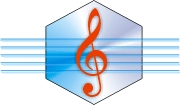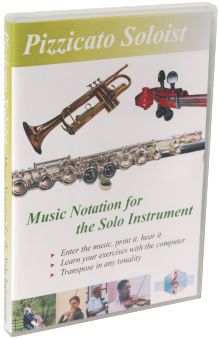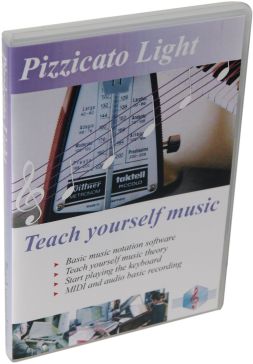Controlling the tempo
Pizzicato provides
several ways to control the tempo of a score. Except as specified
in the score, when Pizzicato starts to play the score, the tempo
used is the one specified in the recorder window (windows menu)
for version 2, or the one specified in the dialog that appears
when you press the "..." button, for version 3. When you add a
tempo symbol (quarter note= 60,... in the tempo palette),
Pizzicato Professional 2 and all versions 3 execute this symbol
as a tempo change and thus influence the score. These symbols
modify the tempo when they are executed by Pizzicato. Another way
(available with Pizzicato Beginner and Pro) is the data
modification tool (in the Edit menu when one or several measures
are selected). With it you can insert orders to execute in the
measures. These orders are graphically invisible but influence
the playing of the score. To change the tempo from a specific
measure, select this measure and call this dialog box. In the
left corner, select the "Tempo" box. To the right,
check the "Fix the value to" box and write the desired
value in the text area. The tempo value at
a any moment is determined by the last tempo instruction
executed. When starting the score, it is the recorder window
value (or "..." dialog box value), but after that the
tempo evolves as symbols or data modifications are executed. When you import a
MIDI file, Pizzicato reads the tempo instructions and takes the
first one to initialize the score. But the file may contain many
other tempo changes, which will not appear graphically. If you
want to remove these tempo values, you can select the measures
and call the data modification dialog box. Then select the tempo
to the left and, on the right, the "Remove the data"
box.

All rights reserved for all countries
Pizzicato is a trademark owned by Arpege sprl





























